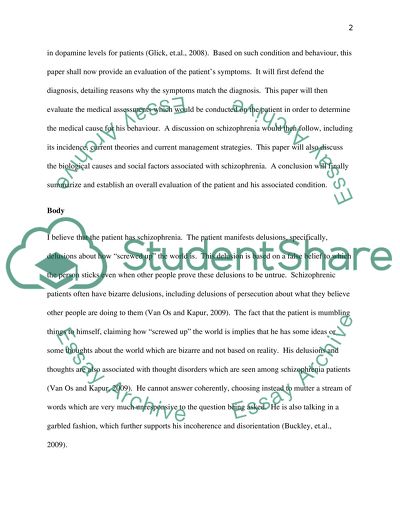Cite this document
(“Mental Health Emergencies Essay Example | Topics and Well Written Essays - 2000 words - 1”, n.d.)
Mental Health Emergencies Essay Example | Topics and Well Written Essays - 2000 words - 1. Retrieved from https://studentshare.org/health-sciences-medicine/1458709-mental-health-emergencies
Mental Health Emergencies Essay Example | Topics and Well Written Essays - 2000 words - 1. Retrieved from https://studentshare.org/health-sciences-medicine/1458709-mental-health-emergencies
(Mental Health Emergencies Essay Example | Topics and Well Written Essays - 2000 Words - 1)
Mental Health Emergencies Essay Example | Topics and Well Written Essays - 2000 Words - 1. https://studentshare.org/health-sciences-medicine/1458709-mental-health-emergencies.
Mental Health Emergencies Essay Example | Topics and Well Written Essays - 2000 Words - 1. https://studentshare.org/health-sciences-medicine/1458709-mental-health-emergencies.
“Mental Health Emergencies Essay Example | Topics and Well Written Essays - 2000 Words - 1”, n.d. https://studentshare.org/health-sciences-medicine/1458709-mental-health-emergencies.


